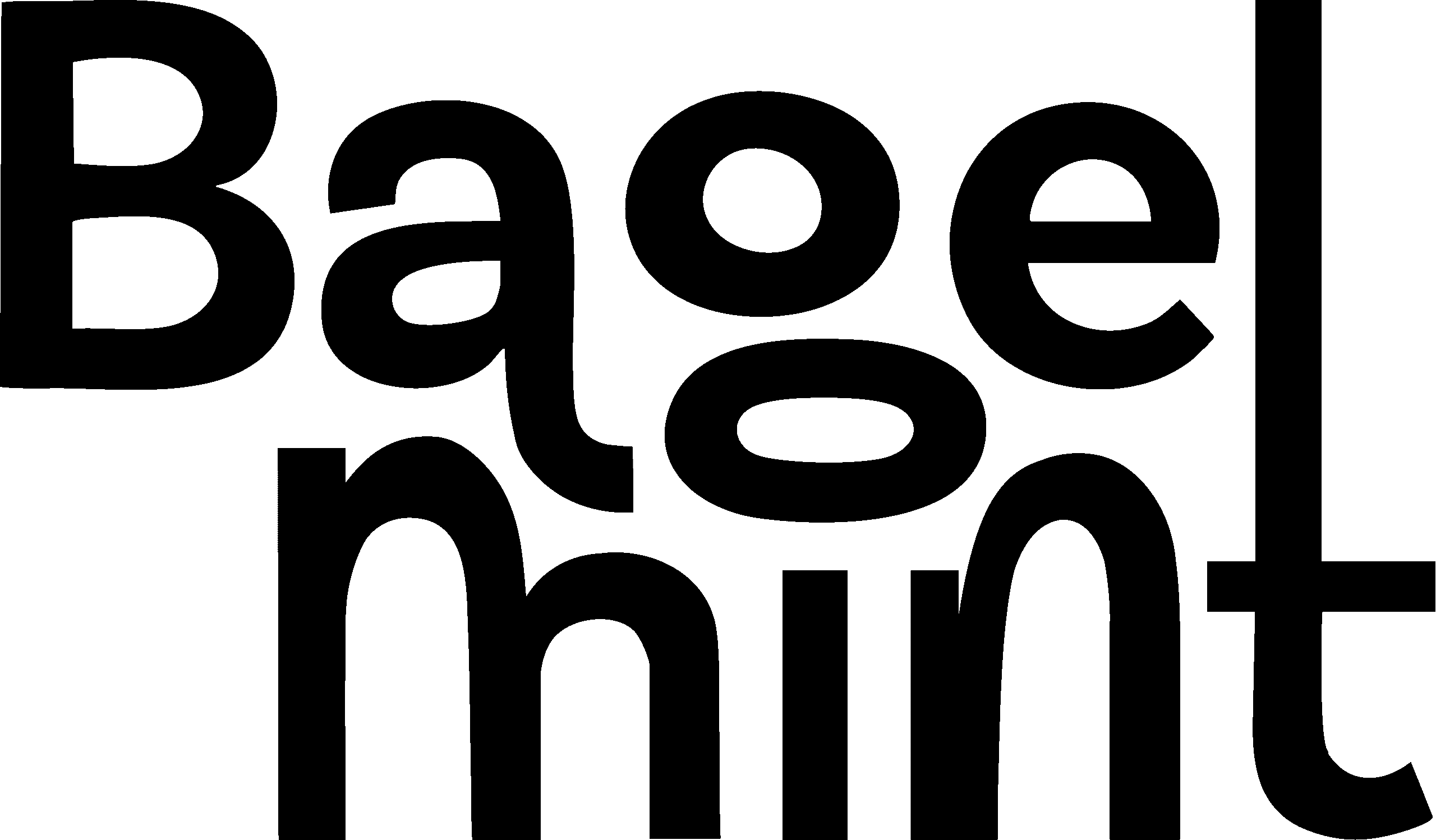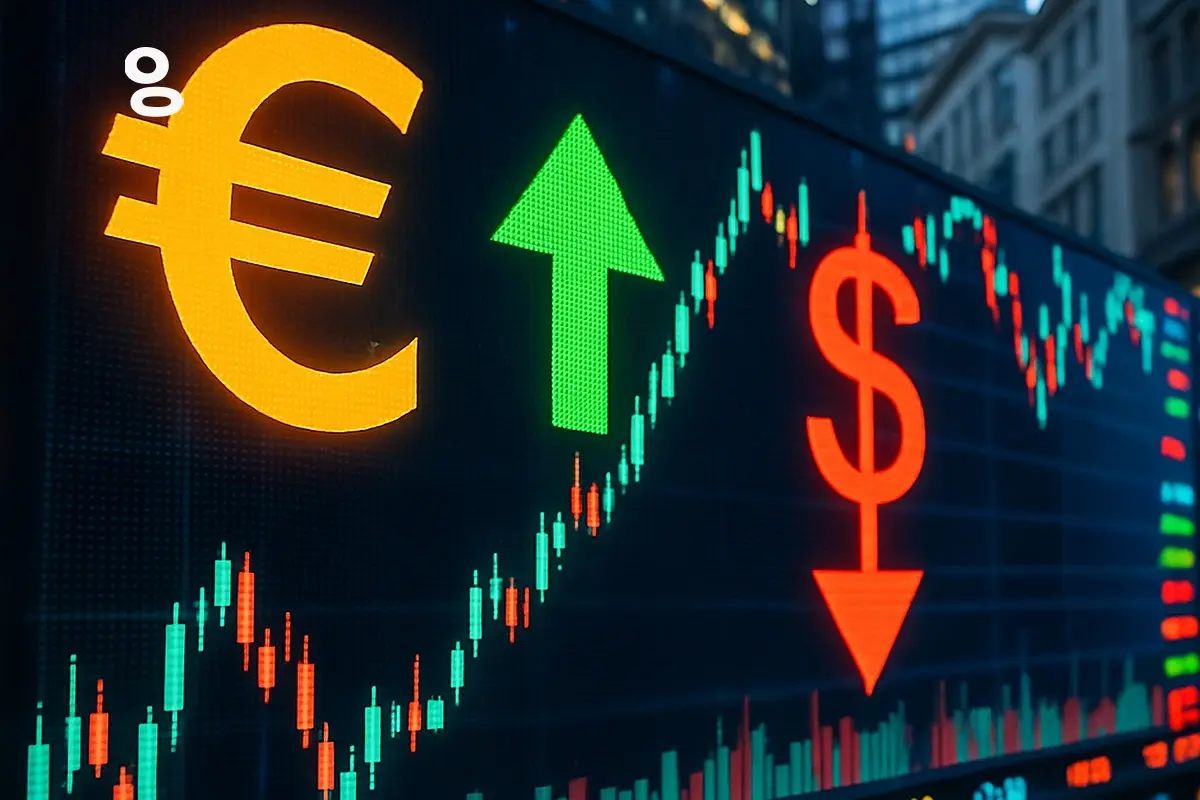When I first started trading in Forex, it honestly felt like learning a whole new language. Charts were just a jumble of numbers, and weird codes like GBP/JPY seemed to fill every space—it was a total secret world! Kept asking myself, ‘Why do we always talk in pairs? Why can’t I just trade dollars, like with stocks?’ The idea that you always needed one currency to trade for another just didn’t click at first. Yet, countless hours researching and learning finally helped things click. This journey led to understanding the basics as second nature. Finding reliable, easy-to-understand information is challenging, but crucial for success. So, I’ve created this simple breakdown, based on my real experience, to directly explain: ‘How to Read Forex Currency Pairs, Symbols, and Quotes?’ Each pair shows two currencies: a ‘base’ (first) and a ‘quote’ (second). Their three-letter symbols identify them. The quoted number shows their exchange value. If you’re just starting or are even just curious, this guide is for you.
- Understanding Currency Pairs: The Core Concept
- Decoding Currency Symbols & Quotes
- Understanding Forex Market Dynamics & Pair Types
- Types of Currency Pairs Explained
- The Seven Major Currency Pairs
- Beyond the Majors: The 28 Major Pairs
- Currency Pair Examples and Lists
- Mastering Interpretation: Putting It All Together
- A Simple Way I Remember It
- Writer’s Perspective
Understanding Currency Pairs: The Core Concept
The study of foreign exchange (forex) currency pairs begins with an examination of their peculiar composition. Every pair, such as EUR/USD, actually forms two currencies that traders exchange as one single unit. When you trade, you buy one currency while selling another, thus enabling you to compare their values directly.
What Exactly Are Currency Pairs?
For beginners, reading forex currency pairs means understanding their fundamental structure. Each pair, like EUR/USD, involves two currencies traded against each other, always appearing as a combined unit. The ‘base currency’ is listed first, serving as your primary reference, while the ‘quote currency’ is second, showing precisely how much of itself equals one unit of the base. Those three-letter ISO symbols (like EUR for the Euro or USD for the US Dollar) are super crucial for reading—you always interpret them from left to right. This specific way we pair them makes it easy to assess their values quickly.
Understanding the Pair Dynamic
So, how do you understand trading pairs? Consider them a perpetual comparison. When you buy a pair like EUR/USD, you’re grabbing the Euro and ditching the US Dollar, essentially betting that the Euro’s going to get stronger against it. If you sell EUR/USD, you’re doing the opposite: swapping Euros for US Dollars because you figure the Euro’s value will drop. This constant back-and-forth of buying and selling is what drives the market, always showing you the exact value between the two currencies. Traders jump in to profit from these ups and downs; you’re pretty much picking a side in a currency tug-of-war, deciding which one you think will come out on top. And that very choice will directly guide your smart entry and exit decisions.
Decoding Currency Symbols & Quotes
This section clarifies the basic building blocks of Forex trading: currency symbols and quotes. Thoroughly understanding these standard codes and the numbers they represent is crucial to accurately interpreting market prices and making informed trading decisions. We will explore how these symbols identify currencies and how quotes express their exchange rates.
Universal Currency Symbols
Understanding FX quotes starts with the three-letter codes used for each currency. These are universal symbols recognized globally, simplifying how you quickly grasp what you are trading. Common symbols include:
- USD (US Dollar)
- EUR (Euro)
- GBP (British Pound)
- JPY (Japanese Yen)
- AUD (Australian Dollar)
- NZD (New Zealand Dollar)
- CAD (Canadian Dollar)
- CHF (Swiss Franc)
These unique symbols instantly tell you which currencies traders exchange. For example, AUD/JPY means trading Australian dollars for Japanese Yen, and GBP/AUD represents the British Pound versus the Australian Dollar. In reality, knowing these fundamental symbols quickly unlocks your ability to understand any currency pair you encounter.
How to Understand Forex Quotes
A quote simply tells you how much one currency is worth compared to another. Let’s say you spot EUR/USD = 1.0950. That quote means one Euro is equal to 1.0950 US Dollars. That quote value is what traders constantly eye. If you’re buying EUR/USD, you’re hoping this number climbs, perhaps to 1.0980. A higher number means your Euro is now worth more Dollars, letting you pocket a profit. If you’re selling, however, you want the number to drop, maybe to 1.0900. A lower number means you can repurchase the Euro at a cheaper rate, profiting from its decline. The quote displays the current market value, providing you with real-time pricing for the exchange. This continuous movement offers endless trading opportunities.
Understanding Forex Market Dynamics & Pair Types
Now that you have learned the fundamentals of currency pairs, it is time to learn more about how currencies move in the dynamic Foreign Exchange market. Traders need to understand market movements, as this provides them with insight into how trading works. This section guides you through interpreting market signals and explores the various types of currency pairs, their categorization, and what distinguishes each type. Our exploration includes major pairs, widely used globally, as well as minor and exotic pairs, each offering unique opportunities and risks.
Types of Currency Pairs Explained
Next, what are the types of currency pairs in forex? We put currencies into three main categories. This grouping depends on their liquidity and the currencies themselves. Knowing these types helps you understand market behavior. First, we have ‘Majors.’ These are the most frequently traded pairs worldwide. They always involve the US Dollar, acting as a global benchmark. Next, there are ‘Minors,’ also known as ‘Crosses.’ These pairs do not include the US Dollar. They represent exchanges between two non-USD currencies. Lastly, we find ‘Exotics.’ These pairs involve one primary currency traded against a currency from an emerging market. Each category offers distinct characteristics. Knowing the type helps you gauge potential volatility and assess liquidity. This initial categorization is a fundamental step. It simplifies navigating the vast Forex market.
The Seven Major Currency Pairs
Let’s elaborate on the seven major currency pairs. Traders trade these pairs most heavily worldwide. They offer high liquidity and tighter bid-ask spreads. Such spreads mean lower transaction costs for traders. Each of these pairs always includes the US Dollar. The seven major currency pairs are:
- EUR/USD (Euro versus US Dollar)
- USD/JPY (US Dollar versus Japanese Yen)
- GBP/USD (British Pound versus US Dollar)
- AUD/USD (Australian Dollar versus US Dollar)
- USD/CAD (US Dollar versus Canadian Dollar)
- USD/CHF (US Dollar versus Swiss Franc)
- NZD/USD (New Zealand Dollar versus US Dollar)
These pairs act as benchmarks for global economic health. All market participants closely watch their movements. Understanding these seven pairs is foundational. They often set the tone for the entire Forex market.
Beyond the Majors: The 28 Major Pairs
Beyond those main categories, the broader Foreign Exchange market boasts a list of 28 major currency pairs. These pairs represent a significant portion of global trading activity. While the ‘Seven Major Currency Pairs’ include the USD, these 28 majors encompass even more widely traded pairs. They involve a larger set of highly liquid currencies. This extended list often features strong economies exchanging their currencies. These pairs include those involving the British Pound against the Japanese Yen (GBP/JPY) or the Australian Dollar against the Canadian Dollar (AUD/CAD). Each offers diverse trading opportunities. Understanding this comprehensive list expands your market view. It helps you identify more potential trade setups. This broader scope enables a range of strategies. It showcases the market’s vastness. Recognizing these pairs deepens your understanding of the Forex market. They provide additional insights.
Currency Pair Examples and Lists
Beyond the majors, we find a broad list of currency pairs, minors, and exotics. Beyond the major currency pairs, we see an extensive list of minor and exotic pairs. These offer many trading opportunities—minor pairs, or ‘crosses,’ trade two non-USD currencies directly against each other. Examples include: EUR/GBP, AUD/JPY, and EUR/CHF. Exotic pairs mix a major currency with an emerging market currency. Examples include: USD/INR and EUR/TRY. These typically have lower liquidity. They often exhibit higher volatility in response to political or economic shifts. Trading exotics needs careful research. They promise high rewards but carry increased risk. This diversity highlights market possibilities.
Mastering Interpretation: Putting It All Together
Since you’ve now got the core concepts of currency pairs, their symbols, and how to read quotes under your belt, this final section brings all that knowledge together for some authentic, practical interpretation. Truly mastering the ability to ‘read’ the market, grasp the tiny details of specific pairs, and use that insight to guide your trading decisions—that’s where genuine expertise shines.
Interpreting Currency Pairs in Detail
To interpret a currency pair is to understand the dynamic relationship displayed by its exchange rate. For instance, if EUR/USD is at 1.0950, it means that one Euro is equivalent to 1.0950 US Dollars, with the base currency always taking its value from the quote currency. This price is subject to constant fluctuations due to market forces. That helps you determine if a currency is a good deal (undervalued) or too expensive (overvalued). When you buy EUR/USD, you’re hoping that the exchange rate climbs so you can cash in a profit.
On the other hand, if you sell, you expect the price to drop, allowing you to repurchase it at a lower cost. The EUR/USD remains the most traded pair in the world, and due to market convention, the Euro is typically the base currency, making it easier to trade across the globe. This continuous process is necessary for developing your view on market direction.
A Simple Way I Remember It
Even now, I sometimes get confused. When that happens, I just ask myself: “If I am buying EUR/USD, do I want the Euro to go up?” Yes, because the higher the Euro climbs, the more USD I can get back when I close my trade. And when I am selling, it’s the opposite: I want the Euro to fall so I can repurchase it at a cheaper rate. It’s honestly like a natural game of tug-of-war between two currencies. You are just picking sides.
Writer’s Perspective
Ultimately, real, long-term success in Forex trading all comes down to truly understanding what currency pairs mean. This basic grasp means you can decode all that international finance jargon to figure out exactly why and how prices jump around, constantly helping you make intelligent, rational, and strategic trading decisions. It’s a never-ending tug-of-war, with purchasing a pair constituting a bet for the base currency to appreciate and selling that pair when it depreciates. When this basic principle finally sinks in – being able to decipher what you’re selling or buying – all other intricate elements of trading, from chart analysis to news interpretation, automatically fall into place, signaling the necessary start to your successful and educated trading life.







